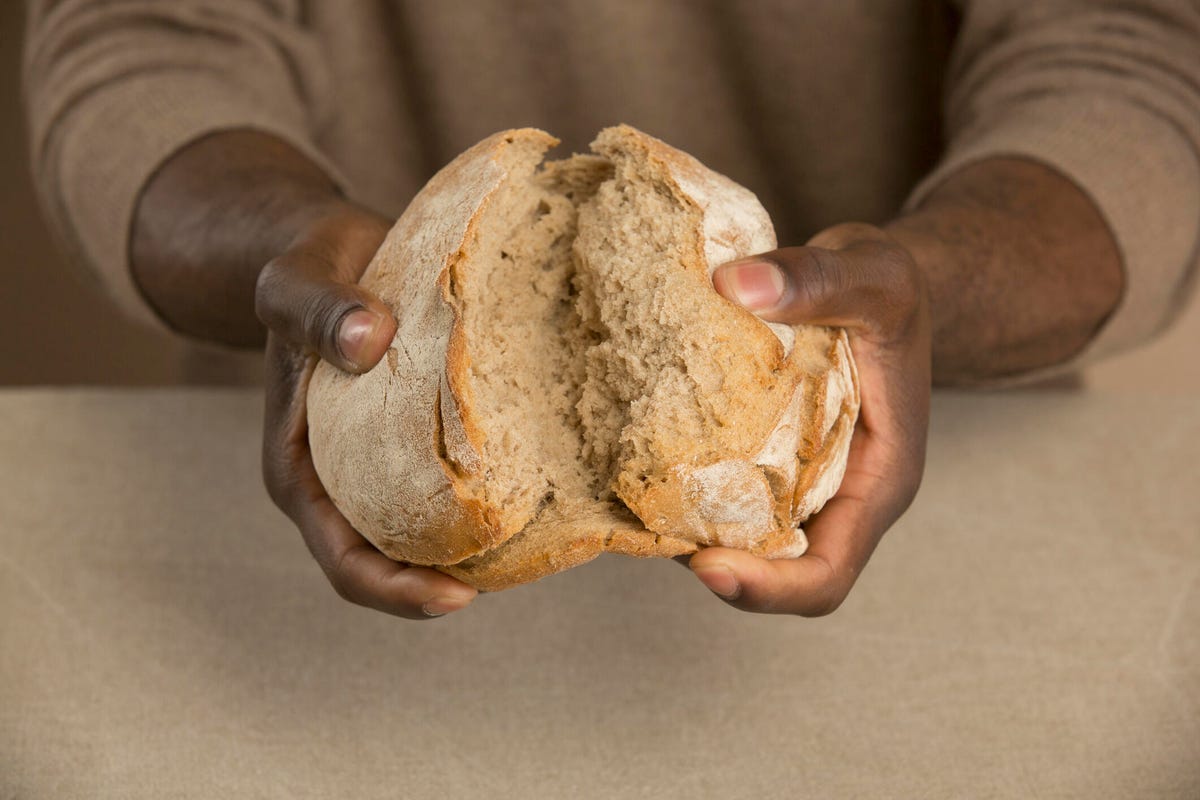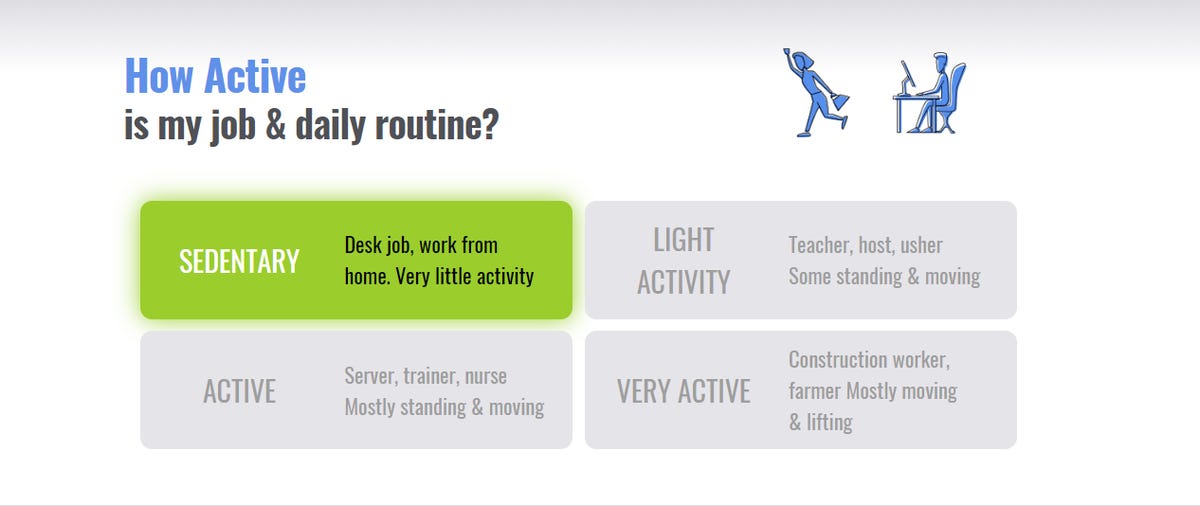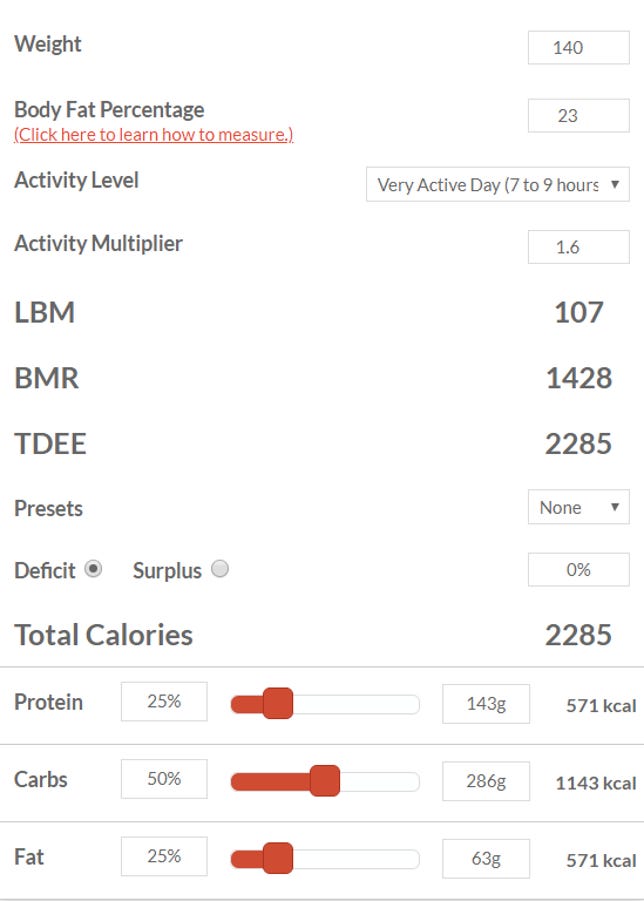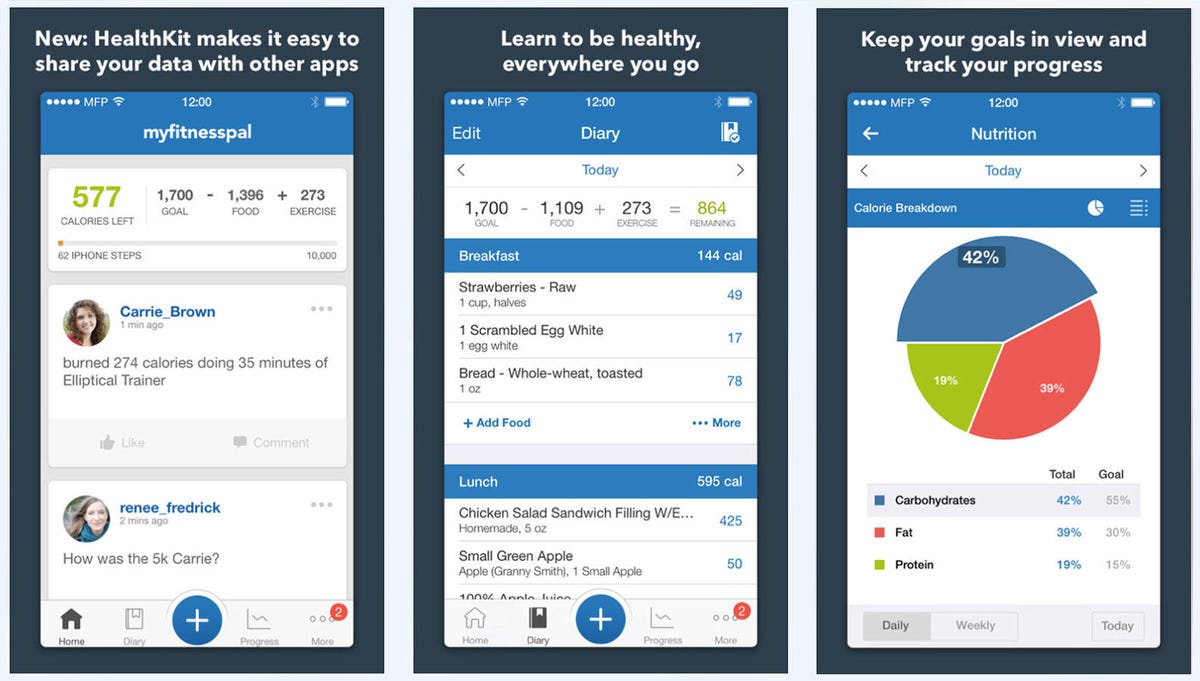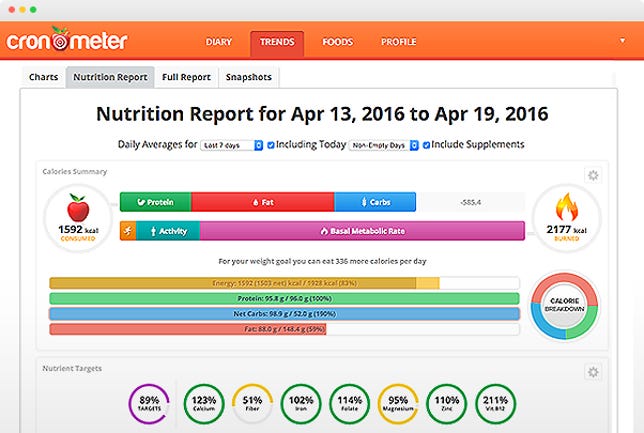Gov. Wolf Urges Congress to Preserve Affordable Care Act Subsidies to Ensure Health Care Remains Affordable for Tens of Thousands of Pennsylvanians

Governor Tom Wolf is urging Congress to take action to preserve Affordable Care Act (ACA) subsidies to ensure that individuals and families who were eligible for this important subsidy may continue to obtain health care.
In a joint letter, Gov. Wolf and 13 other governors urged Congress to take action and ensure funding is in place to preserve ACA subsidies known as advanced premium tax credits
(APTCs), which were expanded through the American Rescue Plan Act of 2021. The ARPA-expanded subsidy eligibility is set to expire at the end of the current plan year, leaving consumers exposed to dramatic premium increases.
“Tens of thousands of Pennsylvanians will be impacted if this subsidy expansion expires in December, which will mean their insurance premiums will increase, putting individuals in a health and financial risk. It’s critical that we continue to make affordable coverage as accessible as possible to as many as possible, and I applaud President Joe Biden for his leadership to not only expand coverage as part of ARPA, but also to make it permanent,” Gov. Wolf said. “I urge Congress to make these subsidies permanent so that Pennsylvanians can continue to have a better quality of life through affordable comprehensive ACA coverage.”
Governor Wolf has made access to affordable health coverage a priority throughout his administration.
In July 2019, Governor Wolf signed legislation establishing Pennie, the state-based ACA marketplace. Pennie replaces healthcare.gov as Pennsylvania’s official destination for shopping for quality health insurance plans and the only source of financial assistance to help with the cost of coverage and care. Currently there are nearly 360,000 Pennie customers throughout the commonwealth.
In addition to Pennie, Governor Wolf expanded Medicaid in 2015 — one of his first acts as governor — ensuring more Pennsylvanians have access to Medical Assistance in Pennsylvania. Today, more than 3.3 million Pennsylvanians are covered by Medical Assistance including almost 1 million people through the expansion. By expanding access to health care, the commonwealth realized the lowest uninsured rate in Pennsylvania history during the Wolf Administration and insurance rates are now the most stable year over year than they’ve ever been.
View a copy of the letter:
As governors, we are working to expand access to quality, affordable healthcare for the people of our states. Since the beginning of the pandemic, we have seen the tragic impact of disease and illness among the uninsured and underinsured, particularly in communities of color and other underserved populations. As we have experienced during the COVID-19 pandemic, access to affordable health insurance can sometimes mean the difference between life or death. At a time when governments at all levels are struggling to find ways to reduce costs for the American people, we cannot allow the looming specter of rising health costs to cause more uncertainty and stress for American families. Therefore, we urge you to take action and ensure funding is in place to preserve Affordable Care Act (ACA) subsidies known as advanced premium tax credits (APTCs).
We applaud Congress for the passage of the American Rescue Plan Act of 2021 (ARP), which expanded and enhanced ACA APTCs. The ARP’s expansion of subsidies, along with the Biden Administration’s investment in marketing and enrollment support, led to a record high 14.5 million people signing up for ACA coverage during the most recent open enrollment period, a 21 percent increase from the prior year.
Health insurance coverage is critical to ensure consumers have access to healthcare and the best way to increase enrollment is to make coverage more affordable. The ARP has lowered costs for consumers: families saved an average of $200 a month in premiums, with four out of five consumers eligible to obtain a plan for $10 or less. The ARP expanded access to financial assistance and increased the number of consumers eligible for subsidies by 2.8 million in 2022 compared to the prior year.3 With the Biden Administration’s reinvestment in the ACA and the proposed rulemaking to fix the “Family Glitch,” we have a historic opportunity to build upon these enrollment gains and affordability improvements next year and in years to come.
Unfortunately, the ARP-expanded subsidy eligibility is set to expire at the end of the current plan year, leaving consumers exposed to dramatic premium increases, and threatening the progress we have made. As inflation continues to put a strain on consumers’ budgets, we are concerned that many people will choose to reduce health insurance coverage or even go without coverage if Congress fails to act. The Biden Administration estimates that approximately 3.4 million consumers currently enrolled could lose coverage if the ARP subsidy expansions expire at the end of 2022. The expiration of the enhanced subsidies would also lead to a decrease in enrollment and an increase in premiums, destabilizing health insurance markets, and impacting affordability for the broader population. Additionally, as the Public Health Emergency is expected to end in the coming months, some consumers will no longer be eligible for Medicaid but may become eligible for ACA subsidies. Without the enhanced subsidies to ensure there are affordable marketplace options, those consumers are likely to become uninsured.
Healthcare is a right—not a privilege. The ARP greatly improved health insurance affordability to ensure lifesaving healthcare is accessible to all Americans. We urge you to take action immediately to make the ARP expanded subsidies permanent to prevent a disastrous erosion of health insurance coverage.
 What Motivates People to Seek Help From a Snoring Specialist?
What Motivates People to Seek Help From a Snoring Specialist? :quality(70)/cloudfront-us-east-1.images.arcpublishing.com/tronc/WZGIWSRHQNAZ5B7LAEQTNUHSSI.JPG) Health insurance giant Empire pulls out of NYC’s controversial Medicare plan for retired city workers
Health insurance giant Empire pulls out of NYC’s controversial Medicare plan for retired city workers 